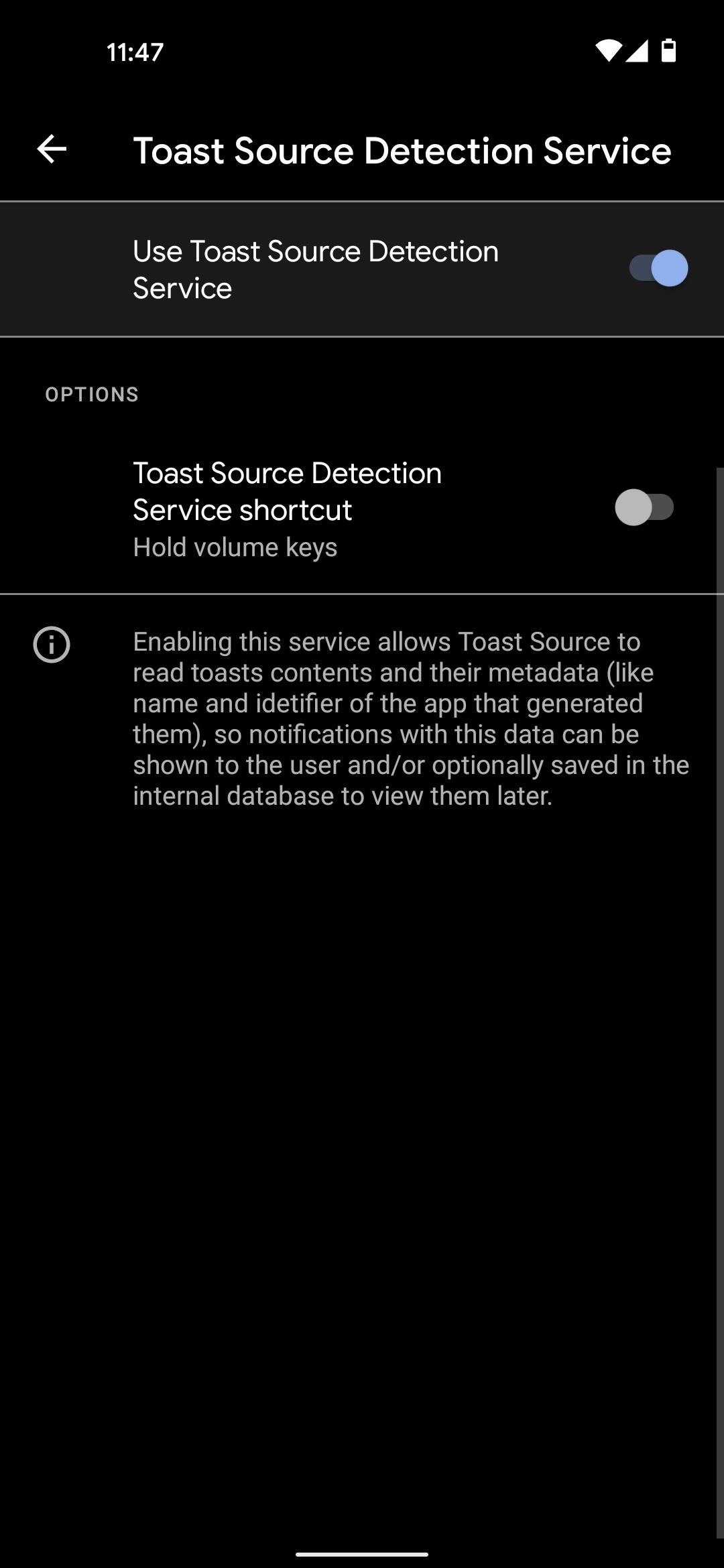
- #WINDOWS TOAST NOTIFICATIONS ACTIVATOR#
- #WINDOWS TOAST NOTIFICATIONS WINDOWS 10#
- #WINDOWS TOAST NOTIFICATIONS CODE#
#WINDOWS TOAST NOTIFICATIONS CODE#
In your app's startup code ( OnStartup for WPF), subscribe to the OnActivated event. ToastNotificationManagerCompat.OnActivated event will be invoked on a background thread.

Then, in your app's startup code ( OnStartup for WPF), subscribe to the OnActivated event. Be sure to include the Arguments="-ToastActivated" so that you know your launch was from a notification
#WINDOWS TOAST NOTIFICATIONS ACTIVATOR#
MSIX only: com:Extension for the COM activator using the GUID from step #4.desktop:Extension for windows.toastNotificationActivation to declare your toast activator CLSID (using a new GUID of your choice).In the IgnorableNamespaces attribute, com and desktop.We often recommend combining OnLaunched and OnActivated into your own OnLaunchedOrActivated method since the same initialization needs to occur in both.įirst, in your Package.appxmanifest, add: OnLaunched is NOT called if the user clicks on your toast, even if your app was closed and is launching for the first time. You must initialize your frame and activate your window just like your OnLaunched code. The steps for handling activation differ for UWP, Win32 MSIX, and Win32 or sparse apps. Try running this code and you should see the notification appear! Step 3: Handling activationĪfter showing a notification, you likely need to handle the user clicking the notification (whether that means bringing up specific content after the user clicks it, opening your app in general, or performing an action when the user clicks the notification). AddText("Check this out, The Enchantments in Washington!") AddArgument("action", "viewConversation")

Construct the notification content (using the Notifications library), and show the notification! Note that the namespace is. We'll start with a simple text-based notification. For more information, see the toast content documentation. In Windows 10, your toast notification content is described using an adaptive language that allows great flexibility with how your notification looks. This package allows you to create toast notifications without using XML, and also allows Win32 apps to send toasts. NET Core 3.1, otherwise the APIs will be absent.

In your project, right-click on "References", and click "Migrate nfig to PackageReference".
#WINDOWS TOAST NOTIFICATIONS WINDOWS 10#
NET Framework Win32 apps that still use nfig must migrate to PackageReference, otherwise the Windows 10 SDKs won't be referenced correctly.


 0 kommentar(er)
0 kommentar(er)
